The Ultimate Companion Planting Chart For Celery
The Ultimate Companion Planting Chart for Celery
Celery is a delicious and versatile vegetable that can be enjoyed in a variety of dishes. But did you know that there are certain plants that can help to improve the growth and flavor of celery? Companion planting is the practice of planting certain plants together to benefit each other. By understanding which plants are good companions for celery, you can create a more productive and healthy garden.
In this blog post, we will discuss the best companion plants for celery. We will also provide a companion planting chart that you can use to plan your garden. So whether you are a beginner gardener or a seasoned pro, read on to learn more about companion planting for celery!
What are Companion Plants?
Companion plants are plants that benefit each other when they are grown together. There are many different ways that plants can benefit each other. For example, some plants can help to repel pests, while others can improve the soil quality.
When choosing companion plants for celery, it is important to consider the needs of both plants. For example, celery does best in full sun, so you will want to choose companion plants that also thrive in full sun.
Best Companion Plants for Celery
There are many different plants that can be good companions for celery. Some of the best include:
- Alliums: Alliums, such as onions, garlic, and chives, can help to repel pests that damage celery. They can also improve the flavor of celery.
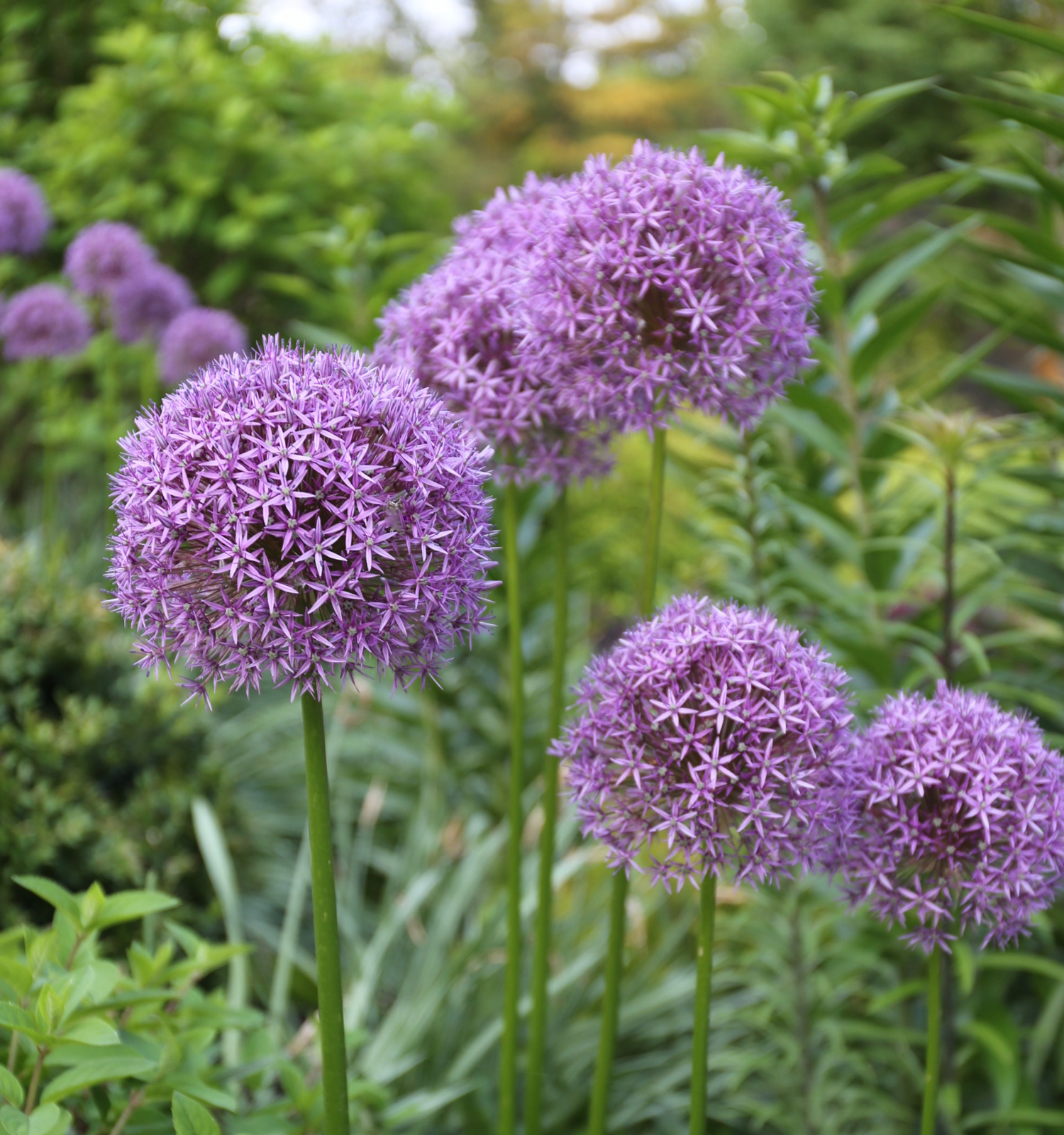
- Brassicas: Brassicas, such as cabbage, broccoli, and Brussels sprouts, can help to repel pests that damage celery. They can also improve the soil quality.

- Beans: Beans can help to fix nitrogen in the soil, which can benefit celery. They can also help to shade the roots of celery, which can help to prevent them from rotting.
- Cucumbers: Cucumbers can help to attract pollinators, which can help to improve the pollination of celery. They can also help to provide shade for the roots of celery.
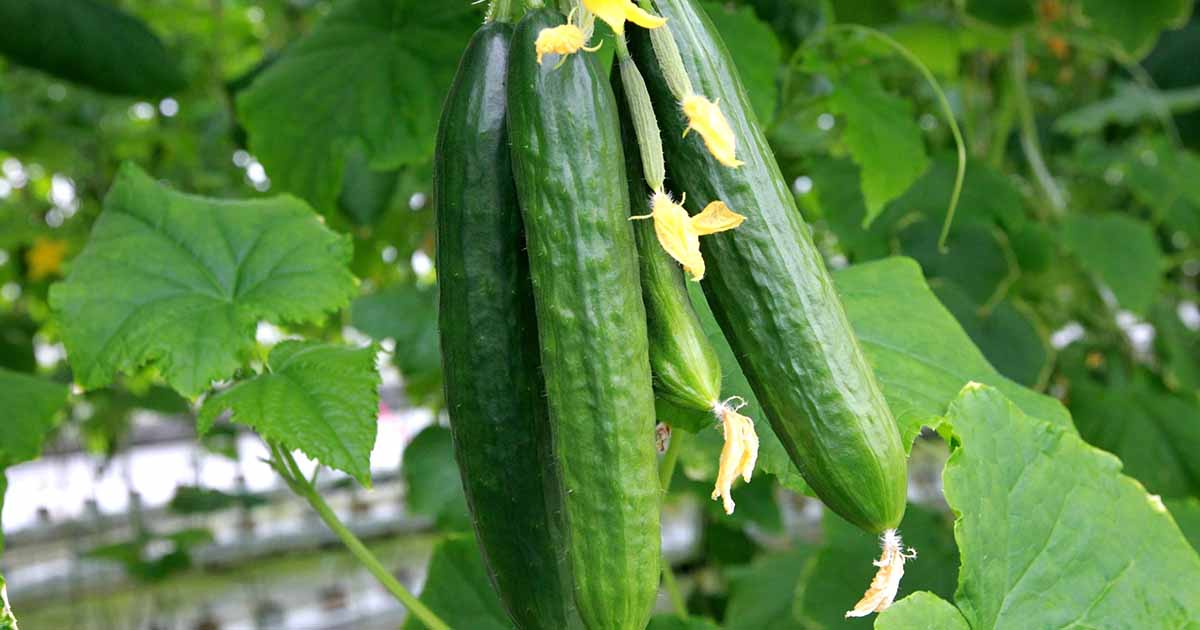
- Herbs: Herbs, such as dill, mint, and parsley, can help to repel pests that damage celery. They can also improve the flavor of celery.
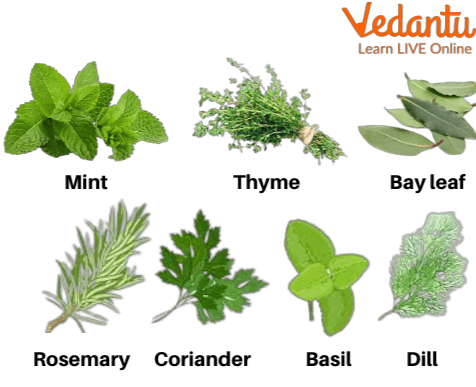
- Marigolds: Marigolds can help to repel pests that damage celery. They can also improve the soil quality.

Companion Planting Chart for Celery
The following companion planting chart shows some of the best companion plants for celery.
| Companion Plant | Benefits |
|---|---|
| Alliums | Repels pests, improves flavor |
| Brassicas | Repels pests, improves soil quality |
| Beans | Fixes nitrogen, shades roots |
| Cucumbers | Attracts pollinators, shades roots |
| Herbs | Repels pests, improves flavor |
| Marigolds | Repels pests, improves soil quality |
Conclusion
By following the tips in this blog post, you can create a more productive and healthy garden by companion planting celery with the right plants. So get out there and start planting!
Celery is a delicious and versatile vegetable that can be grown in many different climates. But did you know that there are some plants that can help celery grow even better? That's right, companion planting can be a great way to boost the health and productivity of your celery crop.
So what are the best companion plants for celery? Here are a few of the top picks:
- Alliums: Onions, leeks, and garlic all have strong scents that can help to repel pests from celery.
- Brassica family: Cabbage, broccoli, and Brussels sprouts can help to attract beneficial insects that will help to control pests.
- Marigolds: Marigolds have a strong scent that can help to repel a variety of pests, including aphids, beetles, and nematodes.
- Chamomile: Chamomile is thought to improve the flavor of celery when it is interplanted.
- Nasturtiums: Nasturtiums have a strong scent that can help to repel pests, and their bright flowers can also add a touch of beauty to your garden.
If you're interested in learning more about companion planting for celery, I recommend visiting Garden Wiki. This website has a comprehensive companion planting chart that lists all of the best plants to grow alongside celery.
So what are you waiting for? Start companion planting today and see how much better your celery grows!
FAQ of companion planting chart celery
- What are the best companion plants for celery?
Some of the best companion plants for celery include:
Marigolds: Marigolds have a strong scent that repels pests, such as aphids, beetles, and nematodes.
Chamomile: Chamomile is thought to improve the flavor of celery, and it also helps to repel pests.
Mint: Mint deters both insects and larger animals, such as rabbits or deer.
Nasturtiums: Nasturtiums have a strong scent that repels pests, such as flea beetles.
Herbs: Other herbs that make good companion plants for celery include thyme, basil, dill, sage, oregano, rosemary, and bee balm.
What plants should I not plant next to celery?
Some plants that should not be planted next to celery include:
Carrots, parsnips, potatoes, and other root crops: Celery has a very shallow root system, so planting it next to root crops that may disturb celery if harvested at different times can be problematic.
Tomatoes: Tomatoes and celery can compete for nutrients, so it is best to avoid planting them together.
Beans: Beans can attract pests that also attack celery, so it is best to avoid planting them together.
How does companion planting benefit celery?
Companion planting can benefit celery in a number of ways, including:
Reducing pests: Companion plants can help to repel pests that attack celery, such as aphids, beetles, and nematodes.
Attracting pollinators: Companion plants can attract pollinators, such as bees and butterflies, which can help to improve the pollination of celery.
Improving soil quality: Companion plants can help to improve the soil quality around celery, which can lead to healthier plants.
Disguising the smell of celery: Some companion plants, such as marigolds, have a strong scent that can help to disguise the smell of celery, which can deter pests.
How do I choose companion plants for celery?
When choosing companion plants for celery, it is important to consider the following factors:
- The needs of the celery plant: Celery needs full sun and well-drained soil. It is also a heavy feeder, so it needs to be planted with companion plants that do not compete for nutrients.
- The pests that attack celery: Celery is susceptible to a number of pests, so it is important to choose companion plants that can help to repel these pests.
- The benefits that the companion plants can provide: Companion plants can provide a variety of benefits to celery, such as reducing pests, attracting pollinators, and improving soil quality.
Image of companion planting chart celery
5 different images of "companion planting chart celery" from Pinterest:
- Image of a companion planting chart for celery, showing that it is good to plant near marigolds, chamomile, mint, nasturtiums, thyme, basil, dill, sage, oregano, rosemary, and bee balm.

- Image of a close-up of the marigold section of the companion planting chart, showing that marigolds are good to plant near celery because they repel pests.
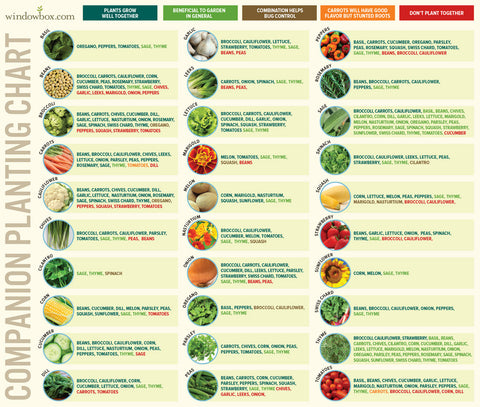
- Image of a garden bed with celery plants surrounded by marigolds, chamomile, and nasturtiums.

- Image of a collage of different companion planting charts, with the celery section highlighted.

- Image of a blog post about companion planting celery, with a photo of a celery plant in the background.
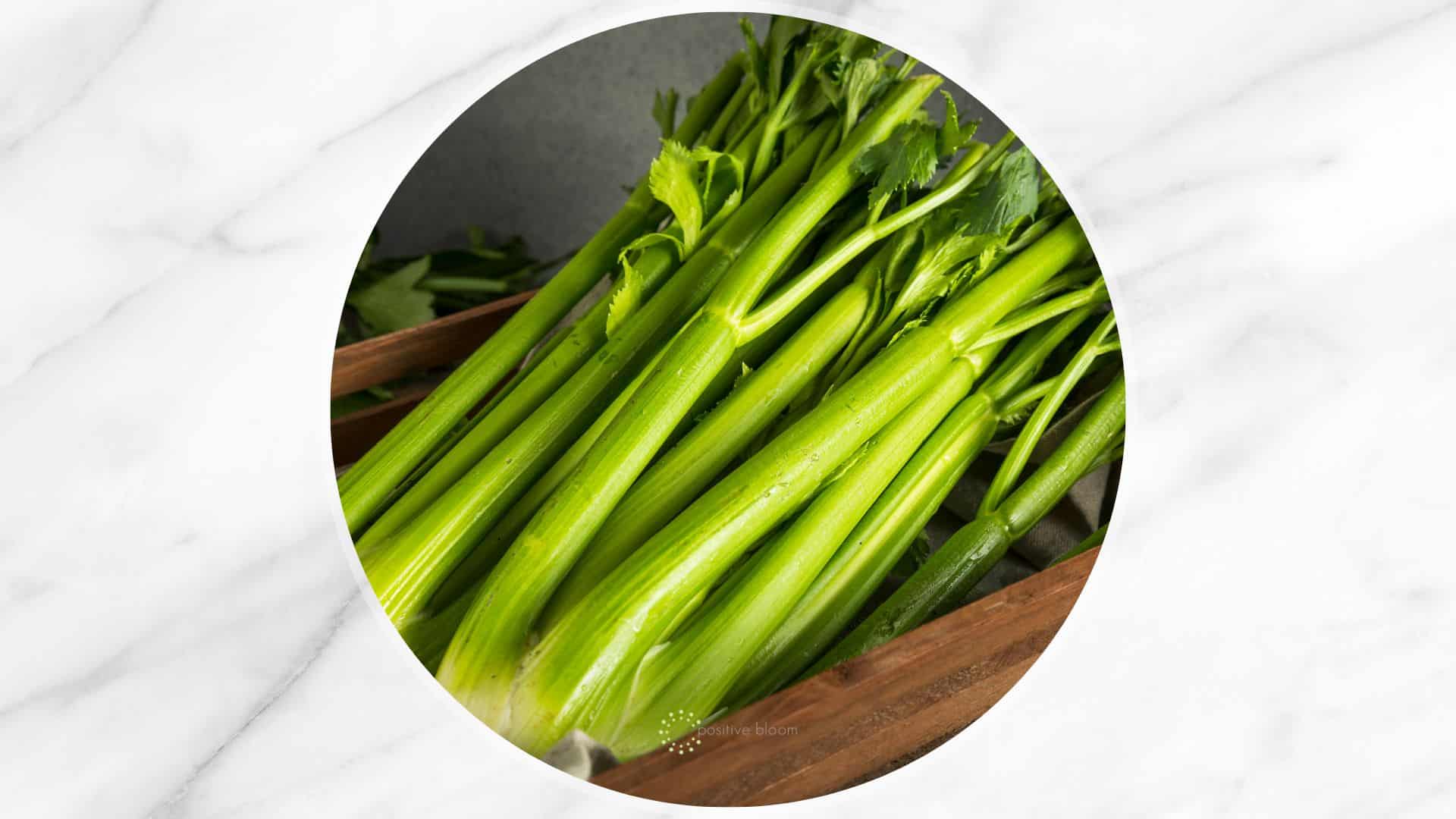
Post a Comment for "The Ultimate Companion Planting Chart For Celery"